
On the washing machine there is a "secret button", one touch helps cut electricity bills by 62%

Washing Machines Consume a Lot of Energy and Can Significantly Increase Your Annual Electricity Bill. Fortunately, There Are Many Ways to Cut Costs.
The washing machine is one of the most frequently used household appliances. It consumes a considerable amount of energy and can noticeably raise your electricity bill.
However, there is a “secret button” that many people may not know about, which can help reduce electricity costs significantly. That button is the temperature control. Depending on the washing machine model, the temperature control button may be in different places, but it is always very easy to find.
A “Secret Button” on the Washing Machine That Can Cut Electricity Bills by 62%
Recently, Beth, a mother of two living in the UK, shared a money-saving trick for washing machines on social media. She explained that most washing machines are automatically set to wash with hot water at 40°C. This consumes more energy than washing with cold water. Yet, many people often forget to change the setting, simply throwing clothes in and pressing start.
That’s why Beth recommends lowering the temperature to just 20°C. Reducing the washing cycle temperature from 40°C to 20°C can cut operating costs by an average of 62%.
An appliance company explained: “This is because the washing machine uses less energy to heat water at lower temperatures.” This change does not affect washing quality, as most modern detergents can disinfect and remove stains effectively even at low temperatures.
According to cleaning experts, 20°C is sufficient for washing clothes. They explained: “When it comes to electricity bills, a typical washing cycle can consume a lot of energy. Choosing to wash with cold water significantly reduces this cost. Switching from 40°C to 20°C can save up to 62%.”
Moreover, cold-water washing is better for the environment and helps prevent clothes from shrinking. Therefore, you can even switch off the water-heating function on your washing machine (if possible).
However, for children’s clothes, bed sheets, and towels, hot water is still recommended to ensure that all bacteria are killed during the wash cycle.
Other Ways to Save Water and Electricity with Your Washing Machine
1. Select the Appropriate Water Level
Most washing machines offer at least three water levels per cycle. For smaller loads, use the lowest level; for larger loads, choose just enough water to cover the clothes. Selecting the right water level not only saves water but also reduces washing time, which in turn saves electricity.
2. Choose the Right Wash Cycle
For smaller loads, use a light wash cycle with minimal water. For larger loads, estimate accordingly but avoid unnecessarily long wash cycles. For heavy items like bed sheets, blankets, or pillows, a stronger and longer cycle is needed to ensure proper cleaning—do not use light or quick wash settings in these cases.
3. Use the Right Detergent
There’s a reason why manufacturers produce detergents specifically for washing machines. These are designed to protect the machine while also providing better cleaning results compared to regular detergents. Always choose detergents formulated for washing machines and use an amount that matches the size of the laundry load.
4. Select the Proper Spin Cycle
Spin settings are usually pre-programmed with each wash cycle, but you can adjust them. For items like bed sheets or blankets, use maximum spin to reduce drying time and save energy when using a dryer. For thin or small clothing items, a lower spin setting is sufficient.
5. Avoid Washing with Loads That Are Too Small or Too Large
Every washing machine has a specific load capacity. Washing too little wastes electricity, while overloading reduces cleaning efficiency and strains the machine, shortening its lifespan. If you have too few clothes, wait 2–3 days to accumulate enough for a wash. If you have too many, divide them into 2–3 washes. This helps save energy and protects the machine.
6. Use Energy-Efficient Washing Machines
Modern washing machines come with energy-saving technologies such as inverter systems or dirt-sensing sensors. Choosing an energy-efficient model provides greater long-term savings.
7. Unplug the Washing Machine When Not in Use
Many people leave the plug in after using the washing machine, day after day. This not only poses a risk of dangerous electrical short circuits but also shortens the machine’s lifespan. Even when idle, the machine consumes a small amount of electricity if still plugged in. Therefore, always unplug the washing machine when not in use to protect the appliance, prevent fire hazards, and save energy.
News in the same category


When your pan loses all its non-stick coating, don’t throw it away just yet: Do this and your frying will never stick or fall apart again

Eat boiled bananas at this time, and after just one week your body will experience 7 changes: excess fat melts away and your skin becomes smoother and brighter

Tips Every Traveler Should Follow

Why Do Flight Attendants Often Carry a Banana on the Plane? It Turns Out It's for This Purpose
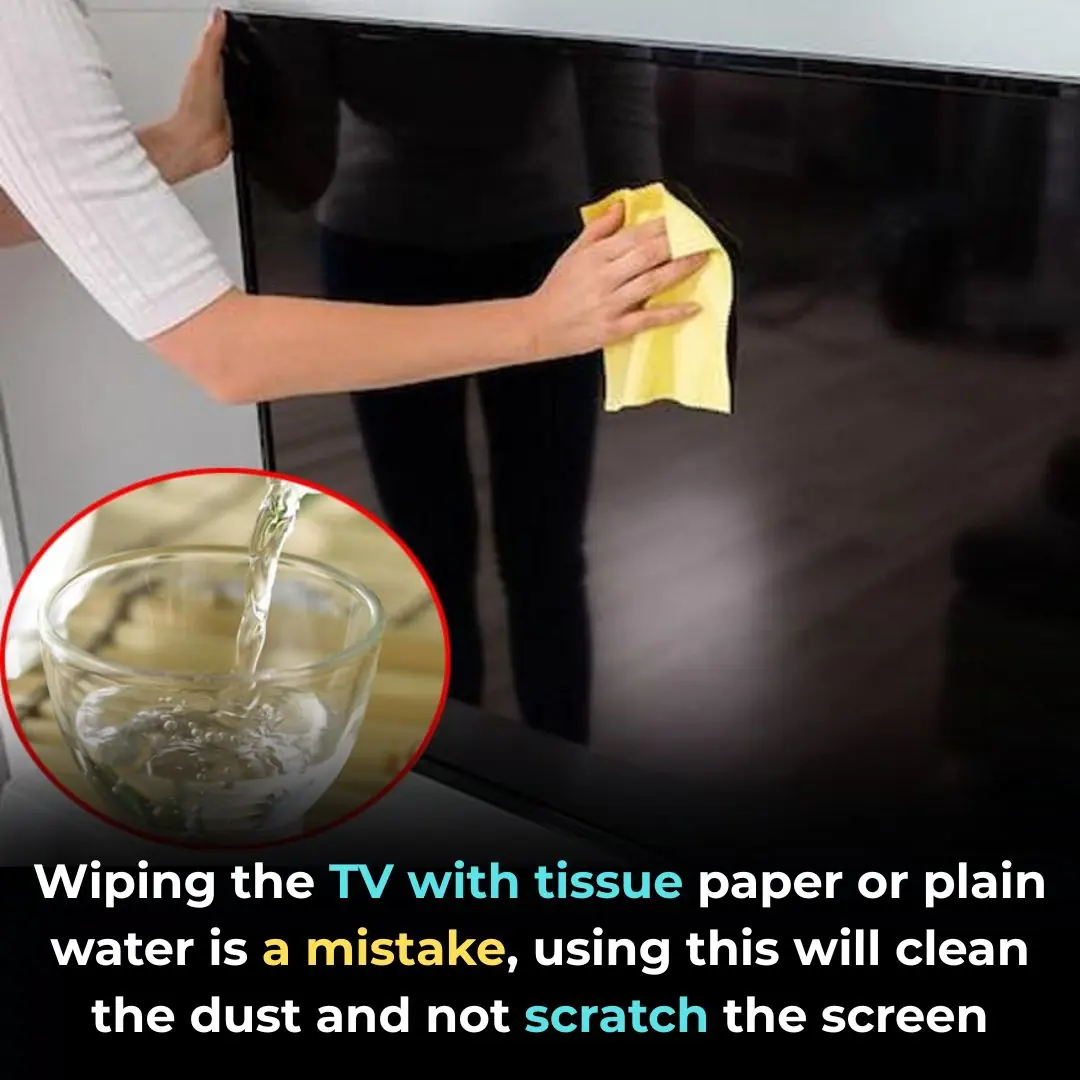
Cleaning Your TV Screen with Tissue Paper or Plain Water is a Mistake — Use This Method for Dust-Free, Scratch-Free Screens

Tips for cleaning shiny enamel at home

The refrigerator gasket has black mold, use this immediately to clean it, it will be clean in just 5 minutes

Grilling a piece of steel brush on fire, has unexpected uses, most people will regret it.

Sticking scissors into a bucket of rice: Thought it was useless, but everyone liked the unexpected benefits

Why should you not close the door when turning on the air conditioner? Knowing the reason, I immediately followed

This is why you absolutely should not leave water bottles in your car

Dirty cobwebs all over the ceiling, just do this way and it will be clean, no need to sweep

Why does drinking coffee cause tooth staining and bad breath

2 types of drinks cost only a few thousand dong but are "very scary" for stroke and cancer? The first dish is popular with office workers.
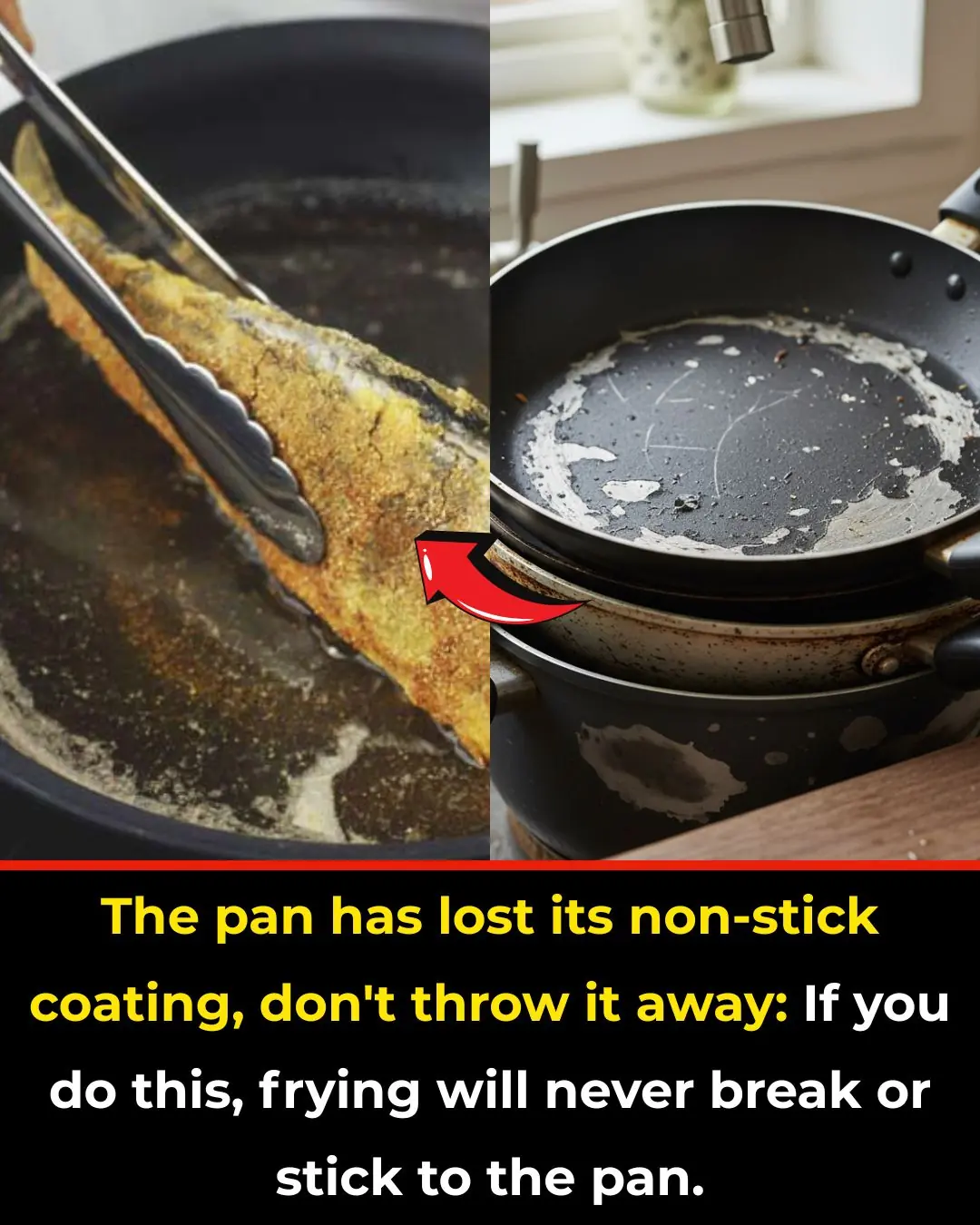
The pan has lost its non-stick coating, don't throw it away: If you do this, frying will never break or stick to the pan.

Don't soak frozen meat in water. Listen to the chef's instructions on how to defrost it in 5 minutes and the meat will still be delicious.

"Precious medicinal herbs" grow in gardens without being planted, many people mistake them for weeds
News Post

My Brother Banned Me from Speaking at Our Mother’s Funeral, Saying ‘No One Wants to Hear from the Adopted One’ — He Never Expected What Happened Next

Bride Walked Down the Aisle Smiling — But After Finding a Note Hidden in Her Bouquet, She Turned Around and Ran from the Wedding
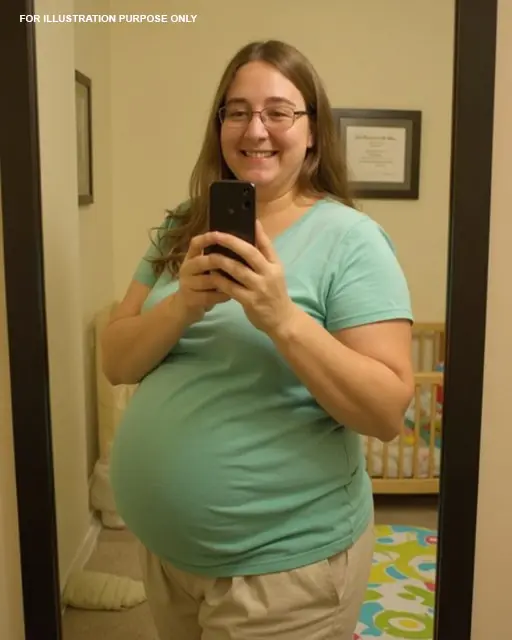
9 Months Pregnant, My Husband Threw Me Out for Another Woman, But I Got the Last Laugh

The Man Who Became a Swan Shepherd.

A Valentine’s Gesture That Touched an Entire Community.

A Prom Night 76 Years in the Making.

The Truth About the Thigh Gap: And Why You Don’t Need One to Feel Beautiful

Mosquitoes fear this bowl of water the most—place it in your home and no matter how many mosquitoes there are, they’ll all disappear, letting you sleep peacefully

When your pan loses all its non-stick coating, don’t throw it away just yet: Do this and your frying will never stick or fall apart again

Eat boiled bananas at this time, and after just one week your body will experience 7 changes: excess fat melts away and your skin becomes smoother and brighter

12 Foods With Melatonin You Should Include In Your Dinners To Sleep Like A Baby

White Tongue: What It Means and What You Can Do About It

Arthritis warning: 10 everyday foods making your pain and inflammation worse

World’s deadliest ca:ncer: 8 early warning signs every older adult should know
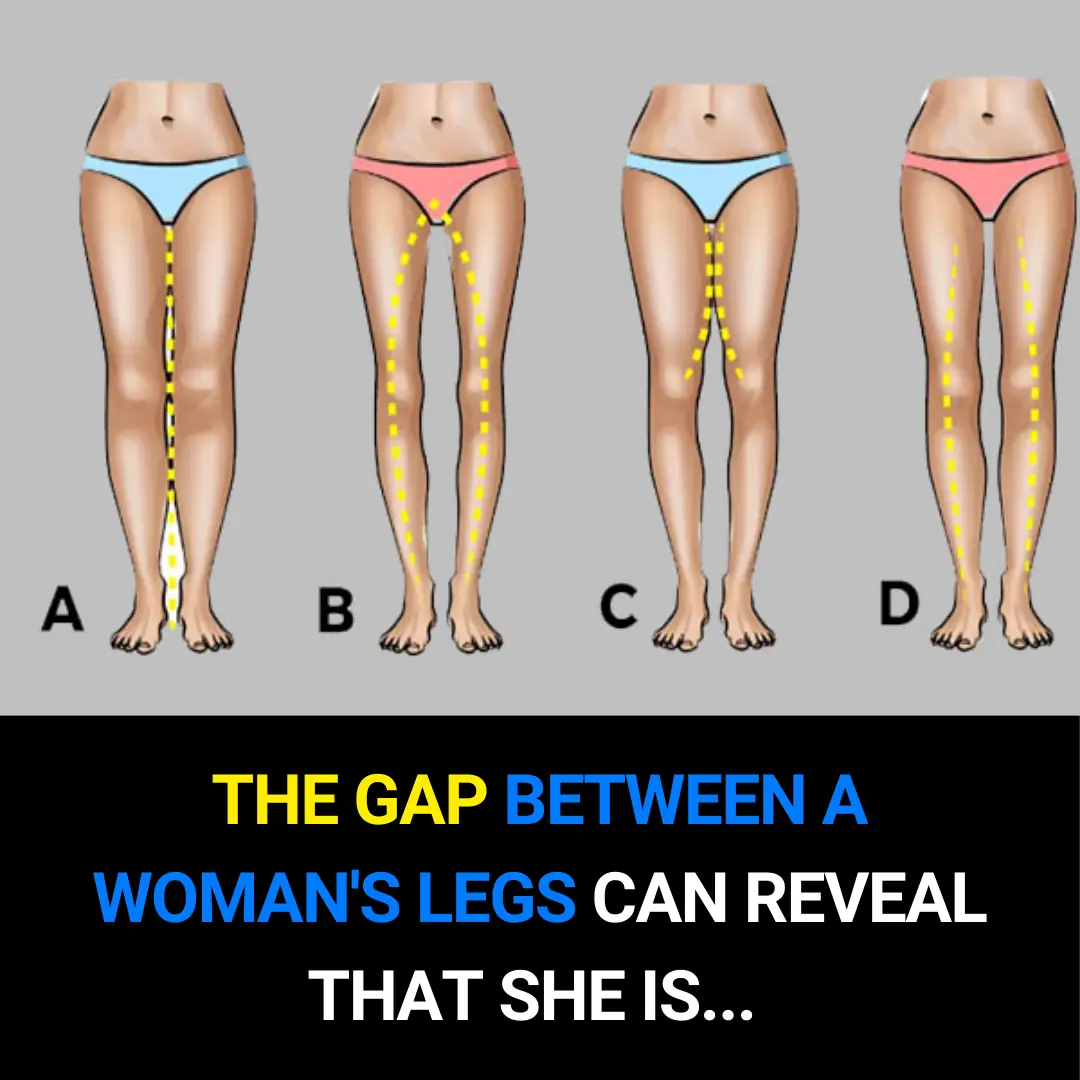
The Truth About the Thigh Gap: And Why You Don’t Need One to Feel Beautiful

7 Best Nutrients to Prevent Alzheimer’s and Dementia
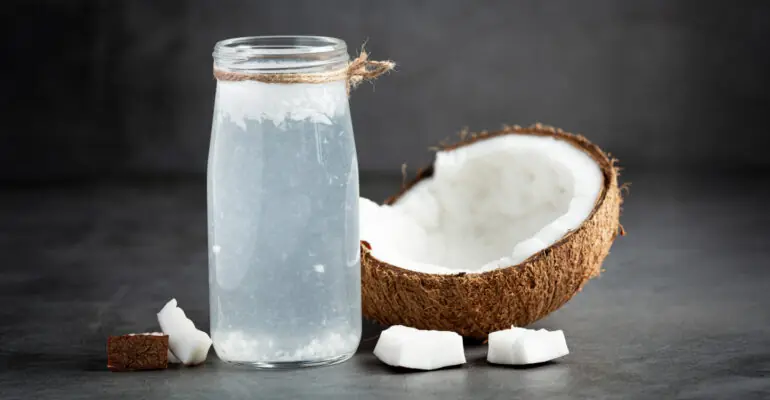
Coconut Water: Healthy Drink or Hidden Risk? Who Should Avoid It

Fact & Health Benefits of Ribwort Plantain

7 benefits and uses of Plantago Major
